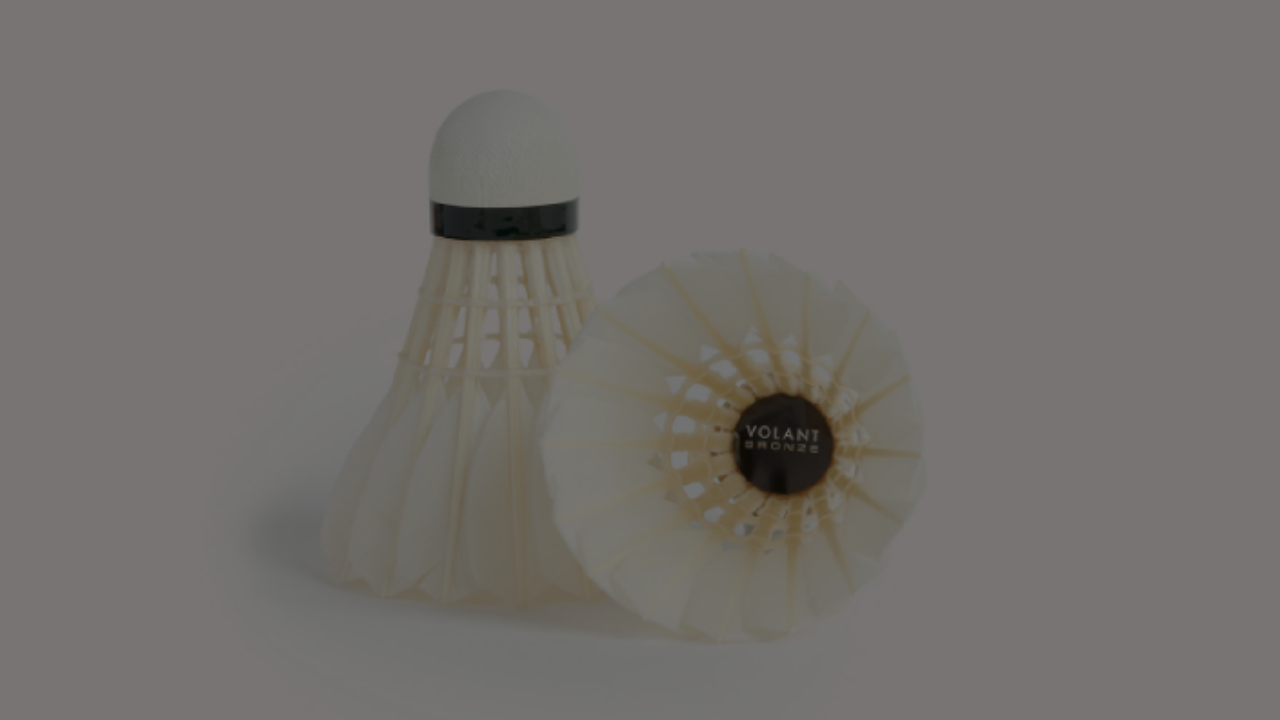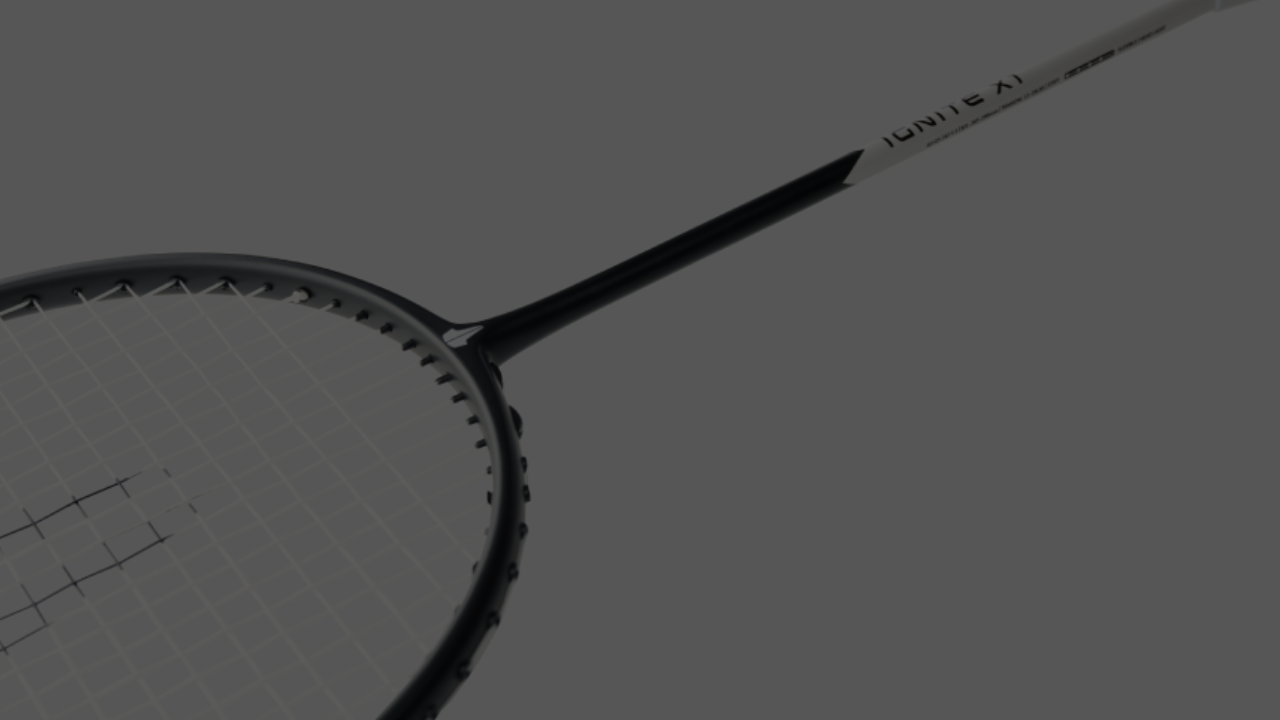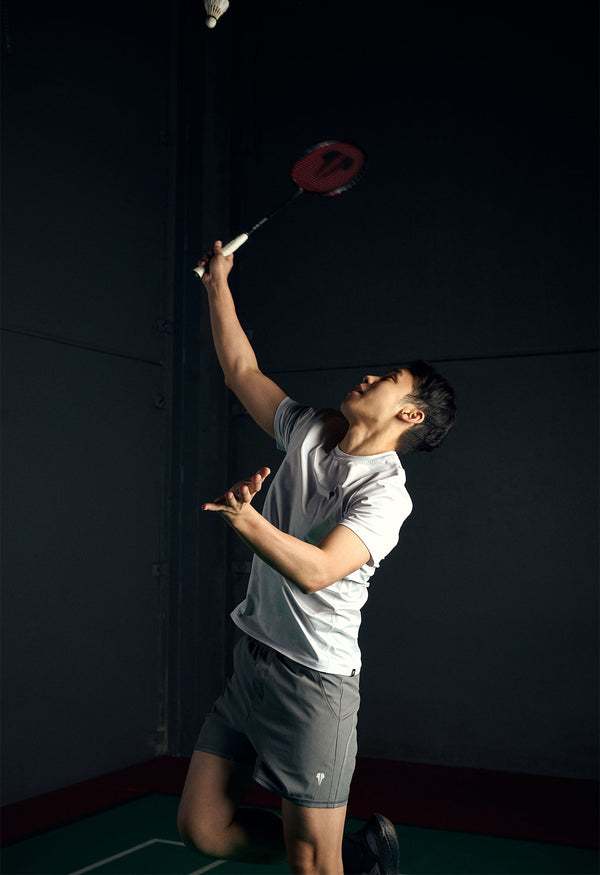Your Cart is Empty

November 03, 2020 3 min read
One of the few essentials required to play badminton is of course, the badminton racquet (racket). Modern day badminton players can benefit from the various types of metal compositions used to produce today’s racquets (typically carbon fiber/carbon composites) but historically, badminton racquets were made from wood!

badminton racket image by Diana Mastepanova from Fotolia.com
As you would expect, the simple wooden frame as compared to current racquets were heavier, less flexible and more expensive to produce. These days, the only wooden part you can find as part of a racquet would be the grip handle.We will speak about one method of how graphite racquets are made in this blog so you get an idea of what happens!
There are a lot more details to this process and there are different methods used globally but here is a simplified version, so you get an idea of what is involved:
Yonex, the leader of racquet manufacturing has provided the BWF an introduction to their on-site manufacturing process in the following video as well:
While today’s highest quality racquets are typically produced from graphite, it’s important to recognize that a lot of the newer technologies are a result of including various rare metals (for example, Tungsten) to provide additional unique properties.
Jeff and I are in the process of producing our own racquets for Volant and we hope to share it with you soon!
What we've found is that there are so many racquet options out there when you start looking, so why can't there be one that just fits most (not all!)? As part of our mission to simplify the badminton journey, we hope to make buying a badminton racquet easy.
We'll make it easy to buy, easy to try and easy on your wallet so watch this space!
References:
- https://yourbadmintonkit.com/badminton-racket-guide/
- https://www.burbankbadminton.org/everything-must-know-badminton-rackets/
- https://www.thebadmintonguide.com/what-are-badminton-rackets-made-of/
- https://patentimages.storage.googleapis.com/be/9e/d2/5ebe48786039d8/US5006298.pdf
- https://www.freepatentsonline.com/5006298.html
- https://en.wikipedia.org/wiki/Graphite#:~:text=Graphite%20(%2F%CB%88%C9%A1r%C3%A6,temperatures%20it%20converts%20to%20diamond.
Henry is an ex-state badminton player who represented South Australia as well as Melbourne University. He remains an avid badminton player in the social scenes of Melbourne. His passion for all things badminton lead him to be a co-founder of Volant Wear.
Comments will be approved before showing up.

August 20, 2025 2 min read

July 17, 2025 2 min read
Shuttlecocks aren’t cheap, and replacing them constantly stings the wallet. With a little care, though, you can stretch their lifespan and keep your game flying high. Whether you’re using feather or nylon, here’s how to make them last—plus why Volant Badminton’s options are worth your shot.

June 25, 2025 2 min read
Strings wear out—it’s a fact of badminton life. Slack, frayed, or snapped strings kill your shots, so knowing when to restring keeps you sharp. How often depends on your play, and here’s how to figure it out—plus why Volant Badminton’s gear makes it easy.
Be the first to know when a new blog post comes out!
Curated articles, tips and advice, tailored to the sport of badminton.
Sign up and enjoy 10% off your first order.

Join the Volant Community and improve your game!
*Discount code excludes shuttlecocks